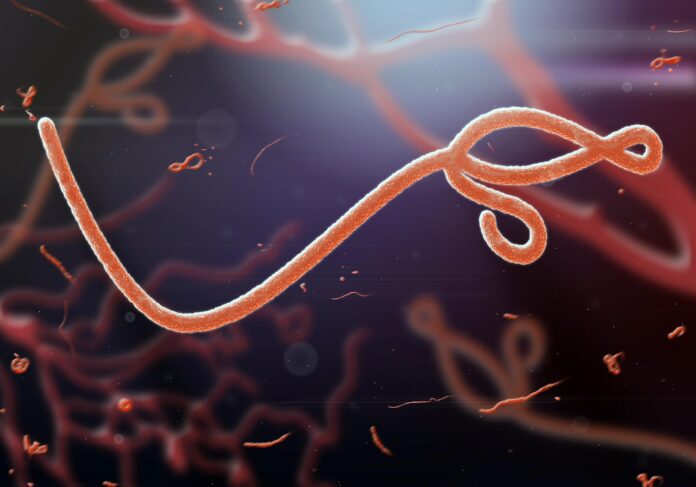Hemorrhagic fever
Hemorrhagic fever refers to a group of viral diseases characterized by high fever and bleeding disorders. The term “hemorrhagic fever” can encompass various diseases, each caused by different viruses and with varying levels of severity and geographic distribution. Here are some key points about hemorrhagic fever.
Types of Hemorrhagic Fever
- Dengue Fever:
- Virus: Dengue virus (four serotypes).
- Transmission: Aedes mosquitoes (primarily Aedes aegypti).
- Symptoms: High fever, severe headache, pain behind the eyes, joint and muscle pain, rash, and bleeding symptoms.
- Severe Form: Dengue Hemorrhagic Fever (DHF) or Dengue Shock Syndrome (DSS), which can be life-threatening.
- Ebola Virus Disease:
- Virus: Ebola virus (several species, including Zaire, Sudan, and Marburg).
- Transmission: Direct contact with blood, bodily fluids, or tissues of infected people or animals (bats and primates).
- Symptoms: Sudden onset of fever, weakness, muscle pain, headache, and sore throat, followed by vomiting, diarrhea, rash, and bleeding.
- Mortality: Can be very high, with varying rates depending on the outbreak.
- Marburg Virus Disease:
- Virus: Marburg virus (related to Ebola).
- Transmission: Similar to Ebola, through contact with infected fluids or contaminated environments.
- Symptoms: Similar to Ebola, including high fever, headache, and bleeding.
- Lassa Fever:
- Virus: Lassa virus.
- Transmission: Contact with urine or feces of infected Mastomys rats or contact with contaminated materials.
- Symptoms: Fever, weakness, and sometimes bleeding. It can cause severe illness and organ failure.
- Yellow Fever:
- Virus: Yellow fever virus.
- Transmission: Aedes mosquitoes.
- Symptoms: Fever, chills, loss of appetite, muscle pain, and sometimes bleeding. Severe cases can lead to liver damage and jaundice.
- Crimean-Congo Hemorrhagic Fever (CCHF):
- Virus: CCHF virus (a type of nairovirus).
- Transmission: Tick bites or contact with infected animals or people.
- Symptoms: Fever, muscle pain, dizziness, and bleeding.
- Hantavirus Pulmonary Syndrome (HPS):
- Virus: Hantaviruses.
- Transmission: Contact with rodent urine, droppings, or saliva.
- Symptoms: Fever, muscle aches, and in severe cases, pulmonary edema and hemorrhagic manifestations.
Symptoms and Diagnosis
- Common Symptoms: Fever, headache, muscle pain, fatigue, bleeding from gums or other sites, and sometimes rash.
- Diagnosis: Often involves serological tests, PCR (polymerase chain reaction) to detect viral RNA, and other specialized assays depending on the specific virus.
Treatment and Prevention
- Treatment: There is no specific antiviral treatment for most hemorrhagic fevers. Supportive care, including fluid management, pain control, and treatment of complications, is crucial. In some cases, experimental treatments or vaccines might be available.
- Prevention: Depends on the specific virus but generally includes avoiding contact with infected individuals or animals, using insect repellent, practicing good hygiene, and sometimes vaccination (e.g., for yellow fever).
Global Impact
Hemorrhagic fevers can have significant impacts on public health, particularly in regions where the diseases are endemic. Outbreaks can lead to high mortality rates, strain healthcare systems, and have substantial social and economic consequences.
Each type of hemorrhagic fever has unique epidemiological features, so understanding the specific virus and its transmission pathways is essential for effective prevention and control.




























